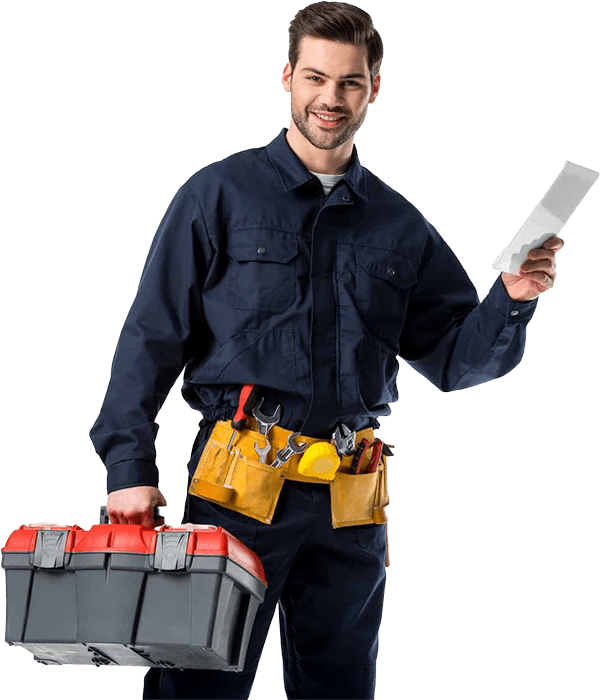In the bustling heart of many homes lies the kitchen, typically dominated by the star of many home-cooked meals—the gas stove. However, the affair with gas stoves brings with it a crucial partner that’s often overlooked but critical for the safety of your household: ventilation. Why does this matter, and how should homeowners approach the conversation regarding keeping their gas stoves properly ventilated?
Understanding Gas Stoves
What are Gas Stoves?
Gas stoves, a staple of traditional and modern kitchens alike, harness the power of natural gas or propane to fuel our culinary creations. The appeal of gas stoves over electric alternatives often stems from their precise temperature control and the characteristic ‘flame-on’ charisma that many home cooks adore.
Types of Gas Stoves
When considering gas stoves, homeowners are confronted with choices such as natural gas and propane models. The decision between the two typically boils down to availability in the home and desired performance; propane, for instance, might find favor in areas where natural gas is inaccessible, thanks to its tank-based system.
Ventilation Requirements for Gas Stoves
Importance of Ventilation
Ventilation is to the gas stove as oxygen is to the fire it provides. It’s not just about clearing the occasional wisp of smoke; ventilation is critical for removing noxious gases, odors, and most pressingly, preventing the silent and often odorless threat of carbon monoxide poisoning.
Ventilation Options
Homeowners have varied choices when it comes to ensuring their gas stove is properly vented. Range hoods, particularly those with external exhaust options, are popular in modern kitchens for their ability to capture and expel gases and vapors. Mechanical exhaust fans and simple natural ventilation through windows are also effective, albeit to different degrees.
Building Codes and Regulations
For those navigating the labyrinth of home improvement and installation, understanding and adhering to building codes and regulations is a non-negotiable step. Ventilation standards—ranging from the type and size of the venting system required to the proximity of a window when using natural ventilation—are set to provide a safe environment for homeowners.
Risks of Improper Ventilation
Health Risks
Carbon monoxide poses a grave and often undetected hazard in homes with gas stoves. Exposure can lead to symptoms from mild to severe, and even death in high concentrations. Chronic exposure to even lower levels can lead to long-term health complications.
Safety Concerns
Beyond health issues, improper ventilation can lead to safety hazards such as the buildup of flammable gases, which risk turning your kitchen into an accidental workshop for amateur chemists.
Signs of Poor Ventilation
Detecting whether your gas stove is properly venting its byproducts isn’t as straightforward as checking for flames. Look out for signs like condensation on walls, lingering odors, or the appearance of a yellow or orange tint near the burners.
Carbon Monoxide Detection
A CO detector should be as indispensable as a fire extinguisher in homes with gas appliances. It’s the vigilant sentry, ready to sound the alarm at the first hint of carbon monoxide, giving you time to ventilate and take precautions.
Tips for Proper Ventilation
Installation Guidelines
Whether you’re installing a brand-new range hood or maintaining an existing one, follow manufacturer guidelines for proper setup. This includes verifying cubic feet per minute (CFM) ratings for the size of your kitchen and ensuring the exhaust is directing gas away from windows and air intakes.
Maintenance Practices
Regular maintenance, from keeping the range hood’s filters clean to ensuring that exhaust outlets remain unobstructed, is key to the continued effectiveness of the ventilation system. A semi-annual checklist can help you stay on top of these tasks and ensure your gas stove operates safely.
The debate may rage on about the merits of gas versus electric stoves, but there is no debate when it comes to the need for proper ventilation. It’s a non-negotiable companion to gas stoves, one that ensures the heart of your home—your kitchen—is a safe place for all who gather within it. From understanding the risks to ensuring you have reliable carbon monoxide detection, the steps are practical and achievable for every homeowner. In the end, when it comes to your well-being, it’s always best to make sure that where there’s gas, there’s also an aptly tailored path for it to exit your home.



